#Turkish Culture
Text
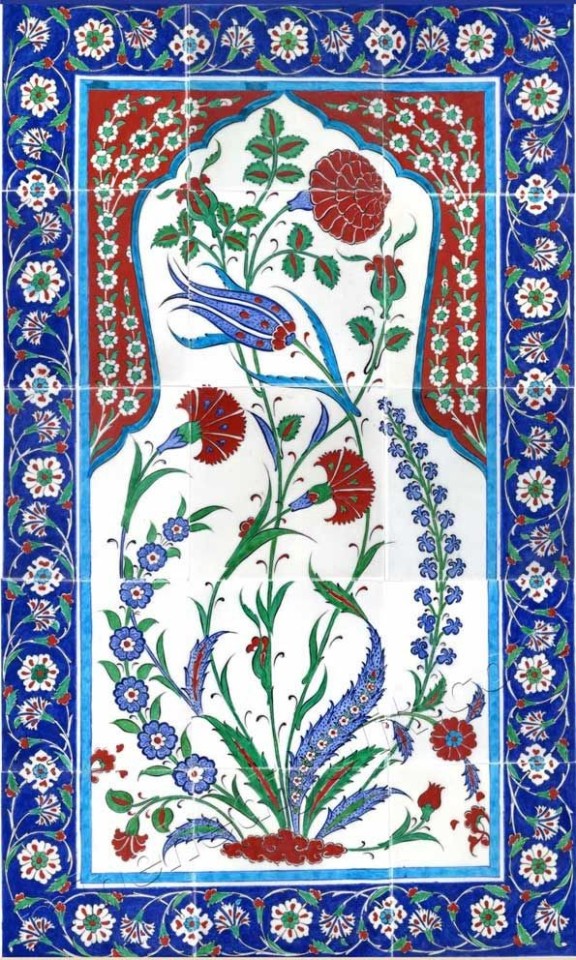
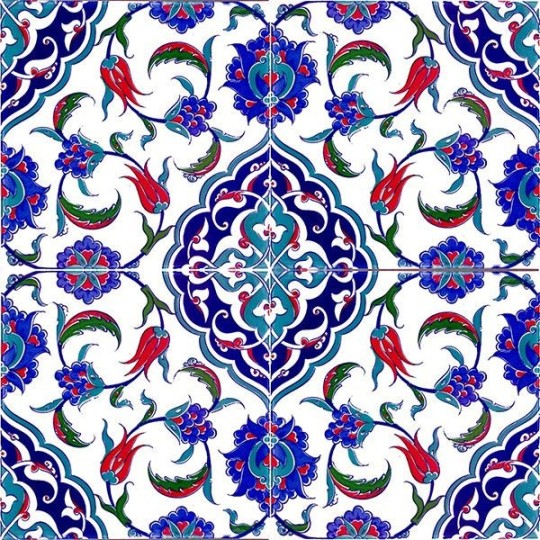




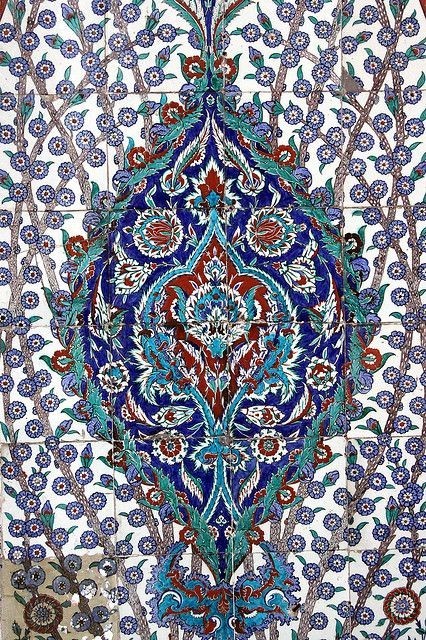

Turkish Tiles
#turkish#turkiye#turkic#istanbul#turkish culture#culture#artwork#art#çini#seramik#ottoman#osmanlı#türk#türkiye#tiles#turkish Tiles#tile
70 notes
·
View notes
Text
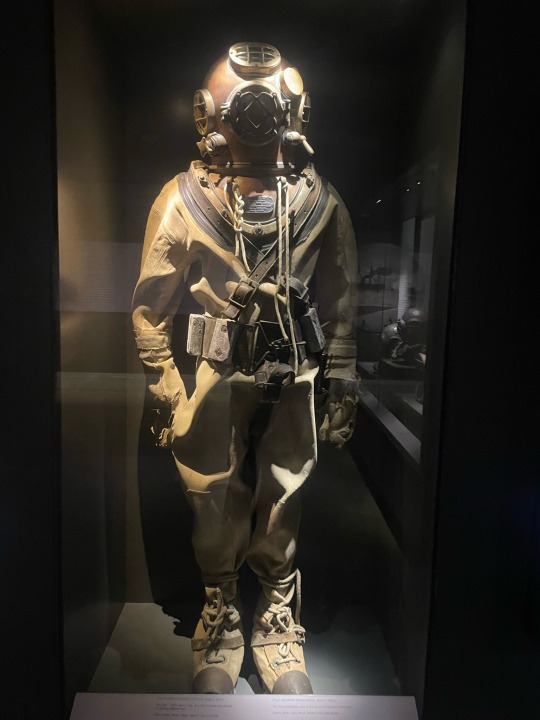
Looking up at this in the Istanbul Naval Museum and like:
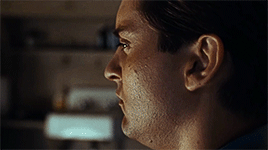
Special thank you to @darthladyofillusions for going there with me and thank you for showing me around Istanbul! Teşekkürler ederim!!!
#istanbul#turkish culture#turkish#turkey#profile#deep sea#diving#dive suit#bully maguire#I was so close to grabbing it and jumping into the Bosphorus#diver#bioshock#subject delta#profile picture#profile pic art
21 notes
·
View notes
Text
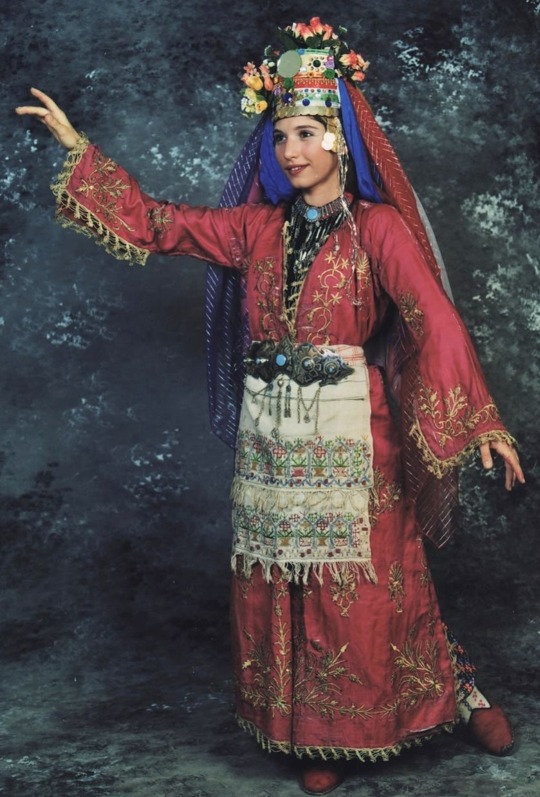
"Bridal costume from Muğla. Urban, 1925-1950. With goldwork embroidered silk ‘üçetek’ (robe with three panels) and önlük/peşkir (apron; ‘two-sided’ silk embroidery on linen). The round mirror on the hat is an amulet against the ‘evil eye’. Except for that monumental hat, this costume was also worn as a general festive dress."
#turkic#türk kültürü#turks#turkic culture#turkish culture#turkey#central asian#muğla#Türk kıyafeti#Türk#Türkmen#Turcoman#Türkiye Türkmenleri#traditional turkish clothing
99 notes
·
View notes
Text
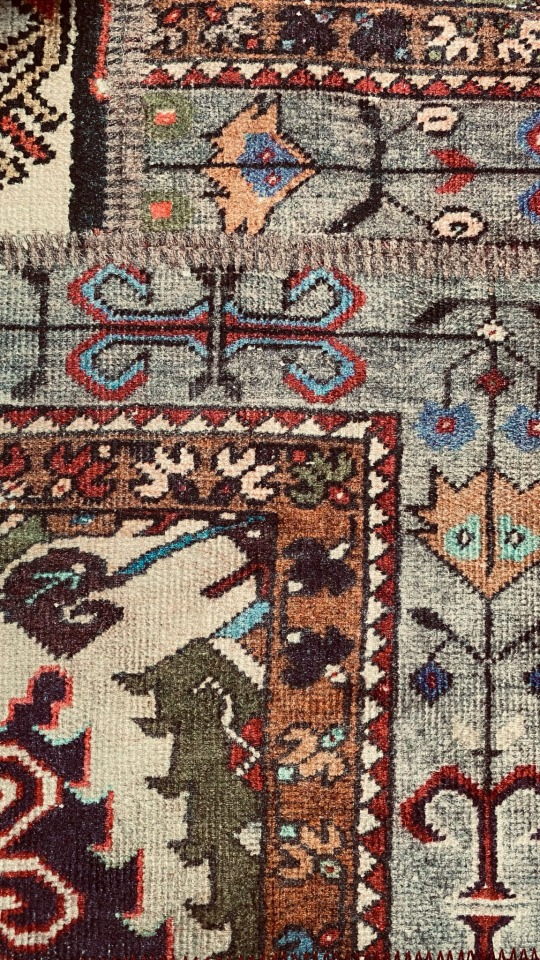
traditional Turkish kilim/rug
#444minerva777#kilimrug#traditional art#turkish mythology#turkish culture#pattern#turkish history#animal motif#motifs#art and culture#artistic#turkish#oriental rugs#turkic#türk kültürü#türk tarihi#halı#desen#sanatsal#keşfedilmeyen#takip edilesi bloglar#takipleselim#ok to rb#i need likes
27 notes
·
View notes
Text
1967 Turkish Wuthering Heights adaptation “Ölmeyen Aşk” makes Heathcliff a son of an important servant of the family and Joseph a benevolent figure. This thesis explains the former change by mentioning the family and the lineage’s importance to Turkish culture and the latter by the religion’s importance to Turkish culture. I definitely agree on the reasoning for the latter but not the former.
Yes family is central to Turkish culture but I don’t think lineage is as important as it is in Western culture. Turkish Sultans had their heirs from concubines of irrelevant foreign ancestry, mostly peasant girls, and similarly married their daughters to men of peasant origins. The founder of the Turkish Republic, Mustafa Kemal Atatürk, was a middle-class man. Turkish people hadn’t had surnames until 1934. I definitely think lineage is less important in Turkish culture than in English culture. I think in this movie Heathcliff is a servant’s son for the sake of telling the story in as few words as possible (the film starts with Mr. Earnshaw’s death and ends with Catherine Earnshaw’s death).
30 notes
·
View notes
Text

#af5b3c #5e4527 #f8842e #ae8f8a #edae95 #a7a5ba #cde3f5 #dd7d69 #c00f07 #86756b
#colorpalette#colorhex#palettes#inspiration#aesthetic#curatorsontumblr#fyp#Türkiye#Mosque#Tea party#Turkish Tea#Islamic Architecture#Turkish Culture#Traditions of Turkey#Cultural Experiences#Turkish Street Food#Tea ceremony#Turkish Style
5 notes
·
View notes
Photo
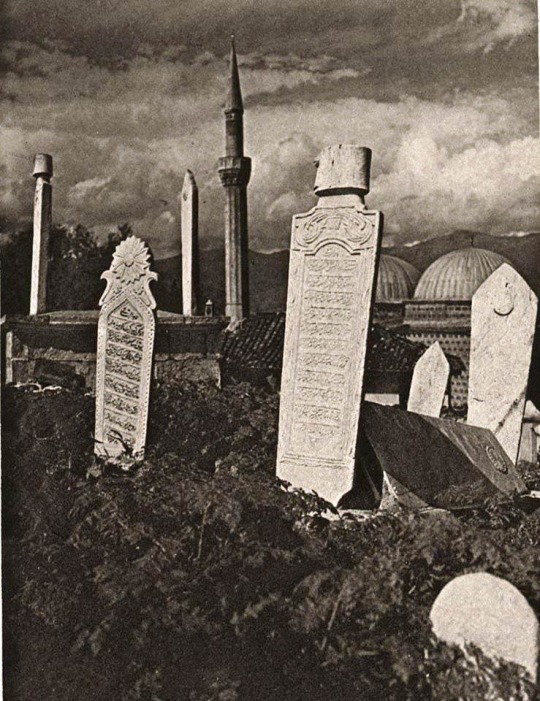
Muslim cemetery in Üsküp (Macedonian: Skopje), North Macedonia
#üsküp#üsküb#skopje#macedonia#north macedonia#cemetery#islam#muslim#art#architecture#islamic history#ottoman#history#Turkish Culture#turk#turkish#turkey#türkiye#türkler#balkans#balkan#balkan türkleri#balkanlar#rumeli#rumelia#rumeli türkleri#kültürel#culture#sanat#makedonya
45 notes
·
View notes
Photo
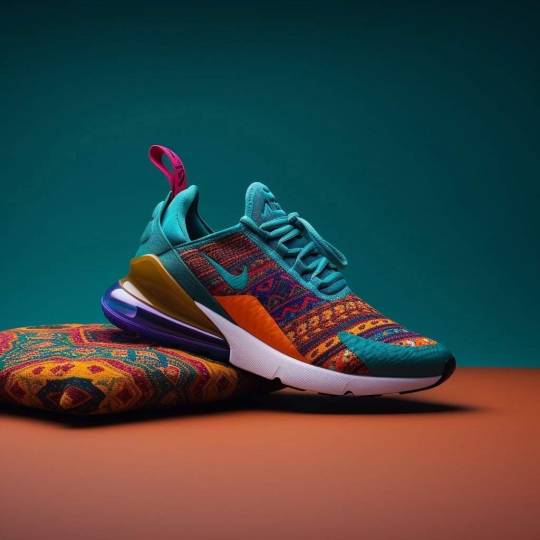



7 notes
·
View notes
Text

Lovely endpapers (obnoxious stamp placement!) on the back cover Isl Ms 1031, early copy of Taşköprî-zâde's (d.1561) biographical work al-Shaqāʼiq al-nuʻmānīyah (الشقائق النعمانية)
Browse / download images of the entire manuscript and the description!
#marbled Monday#marbled paper#ebrusanatı#ebru#marbling#paper marbling#decorative paper#el yazma#yazma eserler#yazmalar#المخطوطات العربية#المخطوطات#مخطوطات#ottoman culture#ottoman history#turkish history#turkish arts#Turkish Culture#Islamic Manuscripts#manuscript culture#Taşköprüzade#tabaqat
21 notes
·
View notes
Text


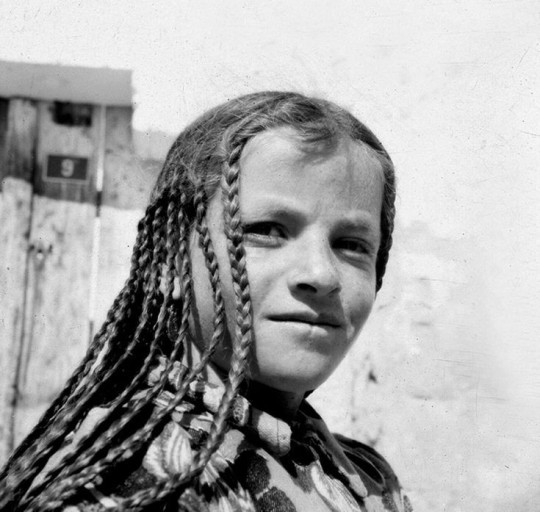

Traditional Turkish braids -Kırk Belik-
#turkic#turkish#turkiye#türkiye#traditional#türk#art#nomad#artwork#ottoman#braids#culture#turkic culture#turkish culture#nevşehir#kırk Belik
20 notes
·
View notes
Text

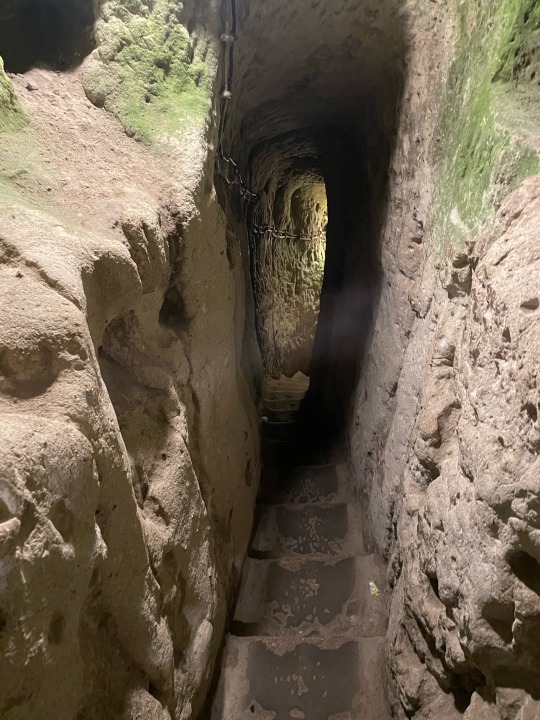
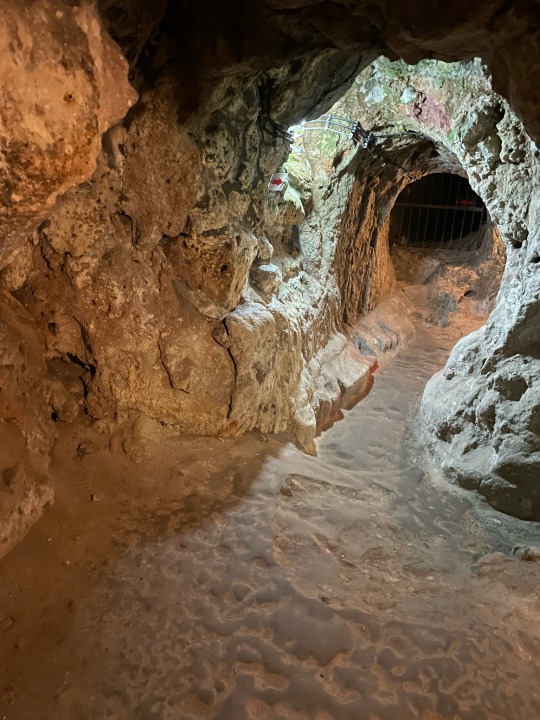
Ngl this underground city got me going absolutely crazy. Like my inner Dwarf just went wild. I could spend days here just hanging out in the haven that is a cave. Rock and Stone!

So I went to Derinkuyu and enjoyed it immensely. It’s an underground city from the Byzantine Era that has a lot of rooms and cramped halls. In some areas the lights were out so exploring it was kind of scary. In all I loved it but it’s like Minecraft cave levels of creepy in some spots. Great place to see some archeological treasures! (Or get lost in a cave for 20 minutes like I did)
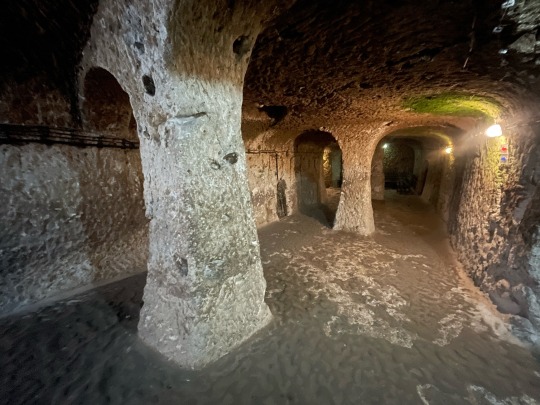
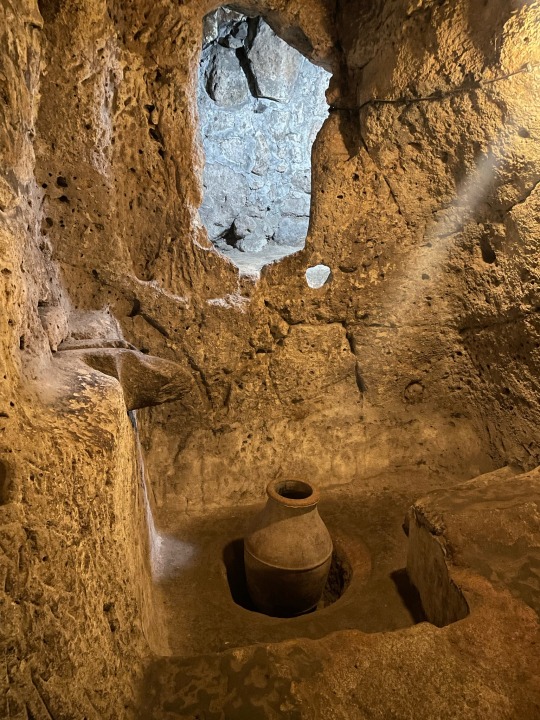
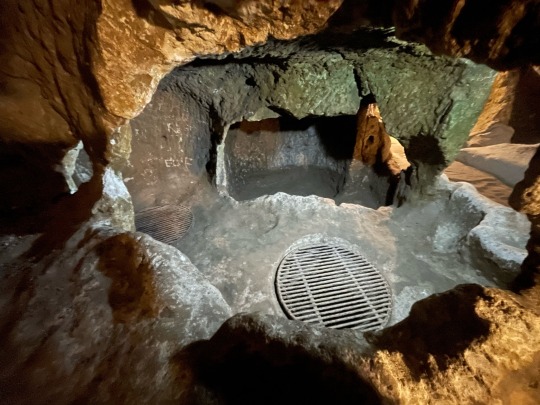
#derinkuyu#turkey#turkish culture#turkiye#underground#underground city#rock and stone#minecraft#cave#caves#cave city#byzantine#unesco#world heritage#travel#minecraft cave noises would cause my soul to wither and die down there I kid u not
2 notes
·
View notes
Text
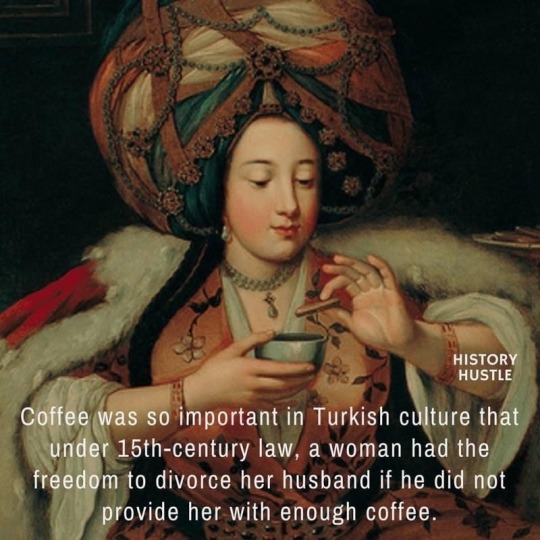
4 notes
·
View notes
Text
being turkish is like *tricks you into accepting my gift* *tricks guests into eating* *tricks you into not paying for the food* *tricks you into
#funguy🍄#turkish#turkish culture#türk#idk the over kindness and the determination to not accept any gifts cant be just a my-family-and-friends thing#can it?
10 notes
·
View notes
Text
TURKEY: THE BLUE EVIL EYE/NAZAR BONCUK

Turkish evil eyes can be found on bracelets, necklaces, and other types of jewelry all over the world, particularly in Jewish, Muslim, and Christian cultures. So, jewelry stores aren't the only places you'll see this symbol; many Turkish people have it hanging up in their homes, shops, offices, and cars as a part of their daily lives.
The Nazar Boncuk represents others' jealous and envious gaze, which, according to popular belief, has the power to cause various misfortunes to a person or his property. Turkish people believe that by absorbing negative energies, this amulet protects the wearer from them.
The blue color is most likely influenced by the Byzantines, who revered blue as the color of heaven and water. It represented the infinite, the divine, and the spiritual, as well as peace, calm, and voluptuousness.
9 notes
·
View notes
Text
From Lucy M. J. Garnett’s 1890 book The Women of Turkey on the education of Ottoman (high class Muslim) girls:
“But nowadays the education of the girls who are members of the rich families of the capital (Istanbul) is almost completely at the hands of settled or visiting English, French and German governesses. Learning a foreign language, playing the piano, drawing and painting are the abilities that the Ottoman mothers want the most and for this the native language and literature is being completely neglected. I am not in the position to say whether the change provides them a concrete benefit. One always gets a result from an endeavor started with a love for learning. But I am really doubtful that the current fashion for Western-style education - I fear that in most cases this is nothing but fashion - will give any results beyond rendering the restrictions that are imposed by Muslim religion and traditions and that no woman can dismiss without being punished tedious.
This is all I will say on “the ten thousand in high class”. For middle class girls for now there are day schools in the capital and in big provincial cities. One of these establishments in Istanbul got developed and became a school for teachers but because of national prejudices favoring early marriages there are currently very few students”.
(Translated by me from Nurettin Elhüseyni’s translation)
Indeed we can see this with Nihal being given a completely Western education (save for the largely neglected Turkish lessons her father gives her) but still being expected to follow the traditional life path.
I think I did capture this conflict in my fanfic Our Different Paths in Life
13 notes
·
View notes
